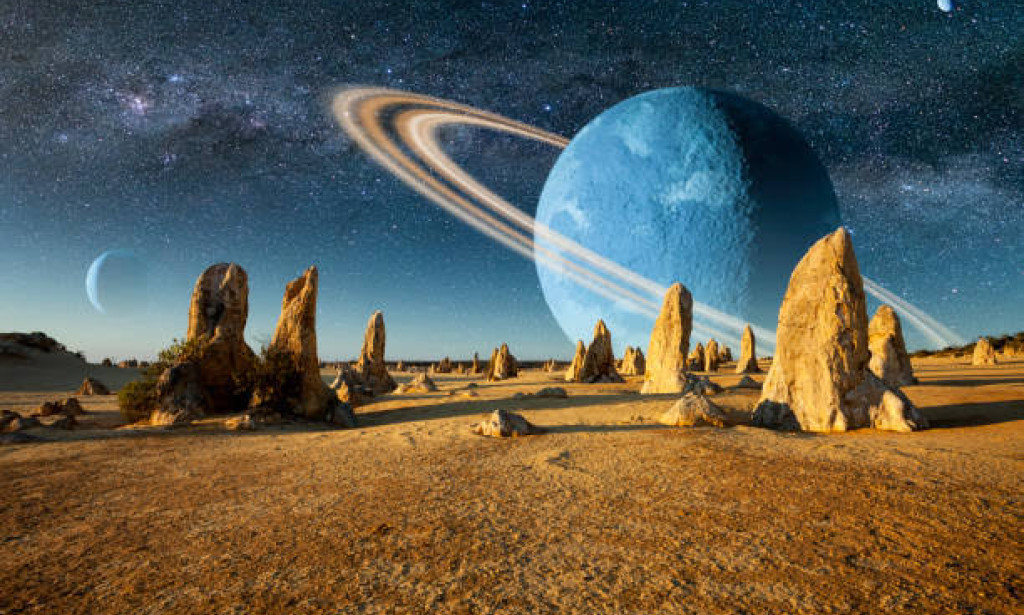Imagine gazing up at the night sky, wondering if somewhere out there, on a distant planet, alien life thrives—whether as microbes, intelligent beings, or something beyond our wildest imagination. For centuries, this was pure daydream material. But today, scientists aren’t just pondering; they’re hunting. Armed with cutting-edge tech and a dash of cosmic optimism, the hunt for planet alien life has shifted from sci-fi fantasy to a thrilling scientific pursuit. Let’s dive into why everyone’s buzzing about exoplanets and the tantalizing whispers of life beyond Earth.
The Exoplanet Gold Rush: A Universe Packed with Possibility
Remember when our solar system was the only neighborhood we knew? Thanks to missions like NASA’s Kepler and TESS, we’ve discovered over 5,500 exoplanets—and counting. It’s like stumbling into a cosmic real estate listing:
- Hot Jupiters: Gas giants baking near their stars.
- Super-Earths: Rocky planets beefier than home.
- Rogue Planets: Drifters with no star to call home.
This bonanza isn’t just cool trivia—it’s proof that planets are as common as coffee shops in a city. And where there’s real estate, there might just be… tenants.
The “Goldilocks Zone”: Where Life Might Crash on the Couch
Not too hot, not too cold—just right for liquid water. This “habitable zone” is our best guess for where life could kickstart. Take Proxima Centauri b, a rocky world just 4 light-years away, chilling in its star’s cozy zone. Sure, its sun is a feisty red dwarf prone to tantrums (think solar flares), but hey, life on Earth survived dinosaurs and reality TV. Why not there?
Clues in the Air: Sniffing Out Cosmic Neighbors
Detecting life light-years away isn’t as simple as spotting a “Welcome to Zog” billboard. Instead, scientists play cosmic detectives, hunting biosignatures—chemical breadcrumbs in exoplanet atmospheres. The James Webb Space Telescope (JWST) is our newest sleuth, analyzing starlight filtering through alien skies for hints like:
- Oxygen & Methane: A dynamic duo that, together, scream “something’s alive here!”
- Water Vapor: Not a smoking gun, but a must-have for life-as-we-know-it.
- Weird Molecules: Unexplained chemicals that don’t fit nature’s usual playbook.
JWST has already spotted carbon dioxide and methane in distant worlds. Could the next headline read, “Alien Farts Detected”? Stay tuned.
The Math of Hope: Billions of Chances to Not Be Lonely
Let’s crunch numbers. Our galaxy has 100 billion stars, many with planets. Even if only 1% host habitable worlds, that’s 1 billion Earth-like spots. Now multiply that by the 200 billion galaxies in the observable universe. Suddenly, the odds of cosmic companionship feel less “needle in a haystack” and more “Where aren’t the aliens?!”
Why We Care: It’s Not Just About Little Green Men
This isn’t just science—it’s existential FOMO. Finding life, even microbial, would rewrite humanity’s story. Are we a cosmic fluke? Or just one page in a galactic encyclopedia? The quest taps into our deepest curiosities:
- Pop Culture’s Role: From E.T. to Arrival, aliens reflect our hopes (and fears). Now, reality might outdo fiction.
- The “Wow” Factor: Imagine discovering a second genesis. What’s their DNA like? Do they binge Netflix?
Reality Check: The Hurdles Ahead
Before we pack our bags for Proxima Centauri b, let’s temper expectations:
- Distance Drama: The closest exoplanet is 24 trillion miles away. Sending a “Hi!” message would take 4 years—one-way.
- Tech Limits: JWST’s amazing, but it’s like using binoculars to read a menu on the moon.
- False Alarms: Volcanic activity can mimic biosignatures. (Turns out, planets are sneaky.)
What’s Next? Spoiler: The 2030s Will Be Lit
Buckle up—this is just the prelude. Upcoming missions like the Habitable Worlds Observatory and Europe’s PLATO will scan thousands of stars for Earth twins. Meanwhile, projects like SETI eavesdrop on cosmic radio chatter. And if we find nothing? Well, the universe is 13.8 billion years old. Maybe we’re just fashionably late to the party.
Final Thought: The Whisper Becoming a Roar
We’re living through a revolution where “Are we alone?” transitions from philosophy to testable science. Whether we find microbes or Mathematician Martians, the journey reshapes how we see ourselves. So next time you stare at the stars, remember: the cosmos isn’t just vast. It’s alive with possibility. And maybe, just maybe, someone’s staring back.


You must be logged in to post a comment.